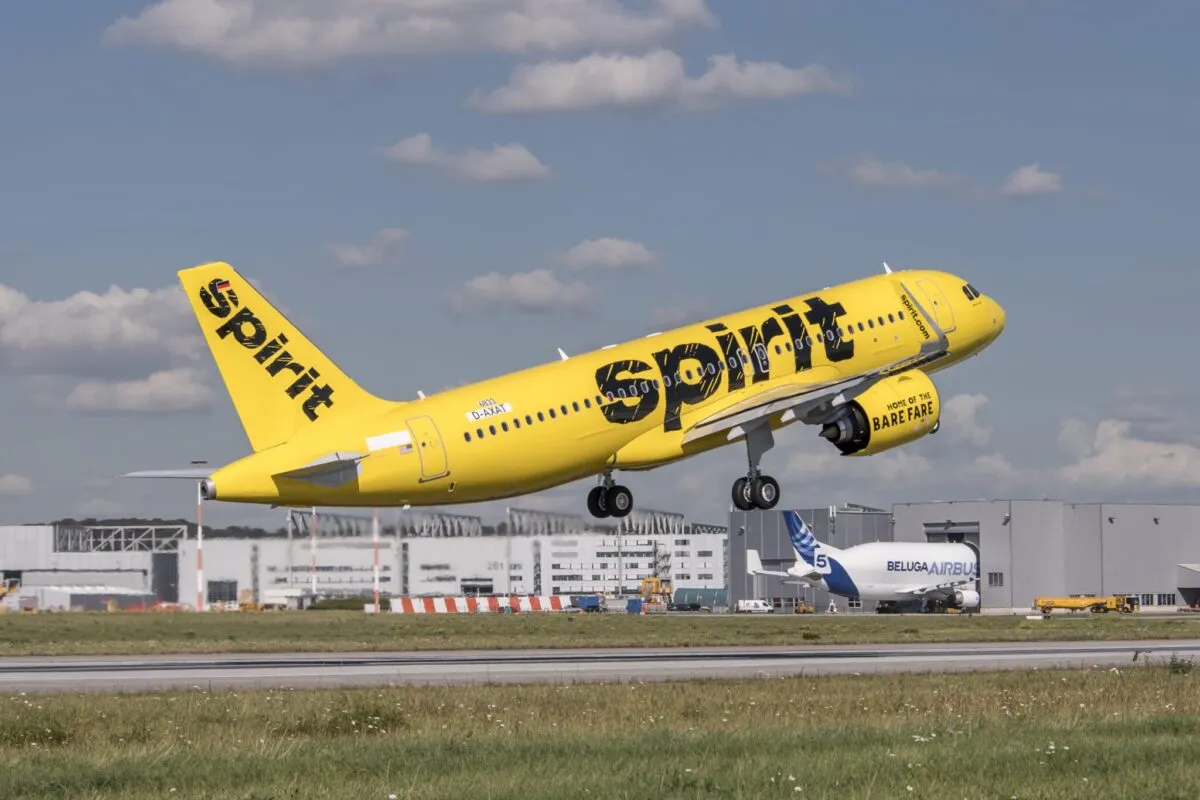Spirit Airlines’ Financial Woes: A Second Brush with Bankruptcy
Spirit Airlines has found itself in a precarious situation once again. After emerging from Chapter 11 bankruptcy earlier in the year, the airline hoped to start fresh. However, just months later, it warned that it might not survive another year without significant financial support. The airline is facing mounting losses, high debt, and fierce competition from both larger carriers and other low-cost rivals like Frontier Airlines. Industry reports indicate that Spirit’s business model, which relies on minimal base fares and additional fees for services like carry-on bags and seat selection, is struggling in a market where travelers are increasingly seeking more flexibility and reliability. The failed merger with JetBlue, blocked by regulatory issues, further hindered its ability to stabilize financially. If Spirit cannot secure the necessary capital, it risks becoming another “Chapter 22” case—a term used for companies filing for bankruptcy a second time.
The Ultra-Low-Cost Model Under Pressure
Spirit’s ultra-low-cost carrier (ULCC) model has long been a double-edged sword. By offering rock-bottom base fares and charging for extras, the airline attracted budget travelers willing to sacrifice comfort for savings. However, this model is losing its appeal. Competitors like Frontier have taken advantage of Spirit’s struggles, with Frontier’s CEO noting that JetBlue’s failed acquisition of Spirit could position Frontier as the leading low-cost carrier. Additionally, major airlines like American and Delta have introduced “basic economy” fares to compete directly with ULCCs, squeezing Spirit’s market share. Rising operational costs, including fuel and labor, are also eating into Spirit’s margins, making it harder to maintain those dirt-cheap fares that once defined its brand.
How Spirit’s Struggles Could Drive Up Airfares
If Spirit Airlines were to exit the market, the impact on airfares could be significant. Spirit’s aggressive pricing has historically forced competitors to lower their fares on overlapping routes, creating a competitive environment that benefits budget travelers. Without Spirit’s downward pressure, airlines may have less incentive to offer rock-bottom prices, particularly on routes to leisure destinations like Orlando, Las Vegas, and Miami, where Spirit has a strong presence. Industry experts warn that reduced competition could lead to fare hikes, especially for budget travelers who rely on ULCCs. Reports suggest that Spirit’s potential collapse could result in a 10-15% increase in average fares on certain routes, hitting cost-conscious consumers the hardest. This comes at a time when inflation and proposed tariffs are already threatening to raise travel costs.
The Broader Impact of Tariffs on Aviation
Adding to Spirit’s challenges are broader economic pressures, particularly the looming threat of tariffs. Industry leaders have highlighted how tariffs could increase costs across the aviation industry. Tariffs on imported aircraft parts, fuel, and other supplies could drive up operational expenses, which airlines often pass on to consumers through higher fares. For a struggling carrier like Spirit, these additional costs could be the final straw. Moreover, proposed trade policies, including tariffs on foreign goods, could exacerbate the situation by increasing the cost of everything from jet fuel to in-flight amenities. While these policies aim to boost domestic industries, they could inadvertently make air travel less affordable, further straining budget carriers and their customers.
What’s Next for Travelers and the Industry?
As Spirit fights for survival, travelers and industry watchers are left wondering what the future holds. For consumers, the immediate advice is to book Spirit flights cautiously, as the airline’s financial instability could lead to sudden cancellations or disruptions. Loyalty programs, already undergoing changes to prioritize high-spending corporate travelers, may offer less value to leisure flyers, further complicating the budget travel landscape. For the industry, Spirit’s potential exit could accelerate consolidation among low-cost carriers, with players like Frontier and Allegiant stepping in to fill the gap. However, without Spirit’s aggressive pricing, the era of ultra-cheap flights may be fading. Travelers may need to adjust expectations, seek out deals early, or explore alternative modes of transportation like buses or trains for short-haul trips. Meanwhile, Spirit’s fate hinges on its ability to secure funding or find a strategic partner—both tall orders in a cutthroat industry.
Conclusion
Spirit Airlines’ financial struggles are a wake-up call for the U.S. aviation industry. As the carrier teeters on the brink, the ripple effects could touch every traveler looking for a deal. The potential loss of Spirit’s ultra-low fares, combined with rising costs from tariffs and inflation, threatens to make air travel pricier and less accessible for millions. While competitors like Frontier may seize the opportunity to expand, the days of $20 cross-country flights could be numbered. For now, travelers should keep a close eye on Spirit’s next moves and plan accordingly to navigate an increasingly turbulent skies.



